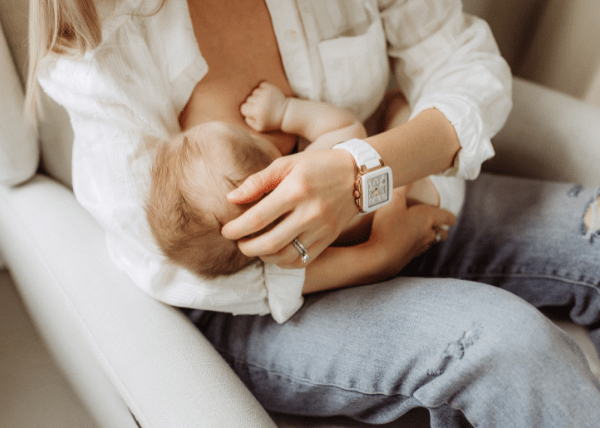Piercing is one of the earliest forms of body customization and is being practiced by various cultures for thousands of years. Even though piercings have a lengthy history, there are a lot of misconceptions and myths regarding them. Henceforth, it has become significant to analyze whether these myths are relevant or not.
When you’re getting a facial or body piercing, it’s crucial to do your research. It can be risky if you rely on someone’s sayings or statements. Here are eight piercing myths that are categorically wrong; ranging from healing directions to piercing guns.
- If a hole closes up, you can just pierce it again

This isn’t always the best course of action. A piercing that has been refused should not be re-pierced. Healthy tissue is stronger than scar tissue. Piercing under an abandoned fistula might result in the accumulation of germs and oils in the old site and would create drainage issues similar to acne. If you want to re-pierce a site, talk to a professional first.
- Unusual piercings take a long time to heal

There’s a common misconception that “conventional” piercings, such as the ear, can get healed quickly, whereas “out-of-the-box” piercings, such as genitals take significantly longer. The other piercings take a longer time to heal because they are shielded by clothing, whereas this isn’t always the case. Infection rates for genital piercings are quite low.
- Breastfeeding is affected by nipple piercings.

It’s a common misconception that nipple piercings and breastfeeding are incompatible. This is untrue. Nipple piercings can result in problems or scars, but they can not affect a woman’s ability to breastfeed.
- Piercing guns are completely safe.

A piece of plastic penetrating your ear rather than a three-inch needle is slightly less horrifying. Despite this, experts think piercing guns aren’t ideal.
A piercing gun is difficult to clean. While disinfectants are beneficial, nothing made of plastic can be completely sterilized. This only adds to the allure of needle piercing.
- Ointment aids in the healing process.

The ointment doesn’t speed up the healing process, but it can slow it down. Dust or “other irritants” can adhere to the ointment and cause the piercing to become infected.
